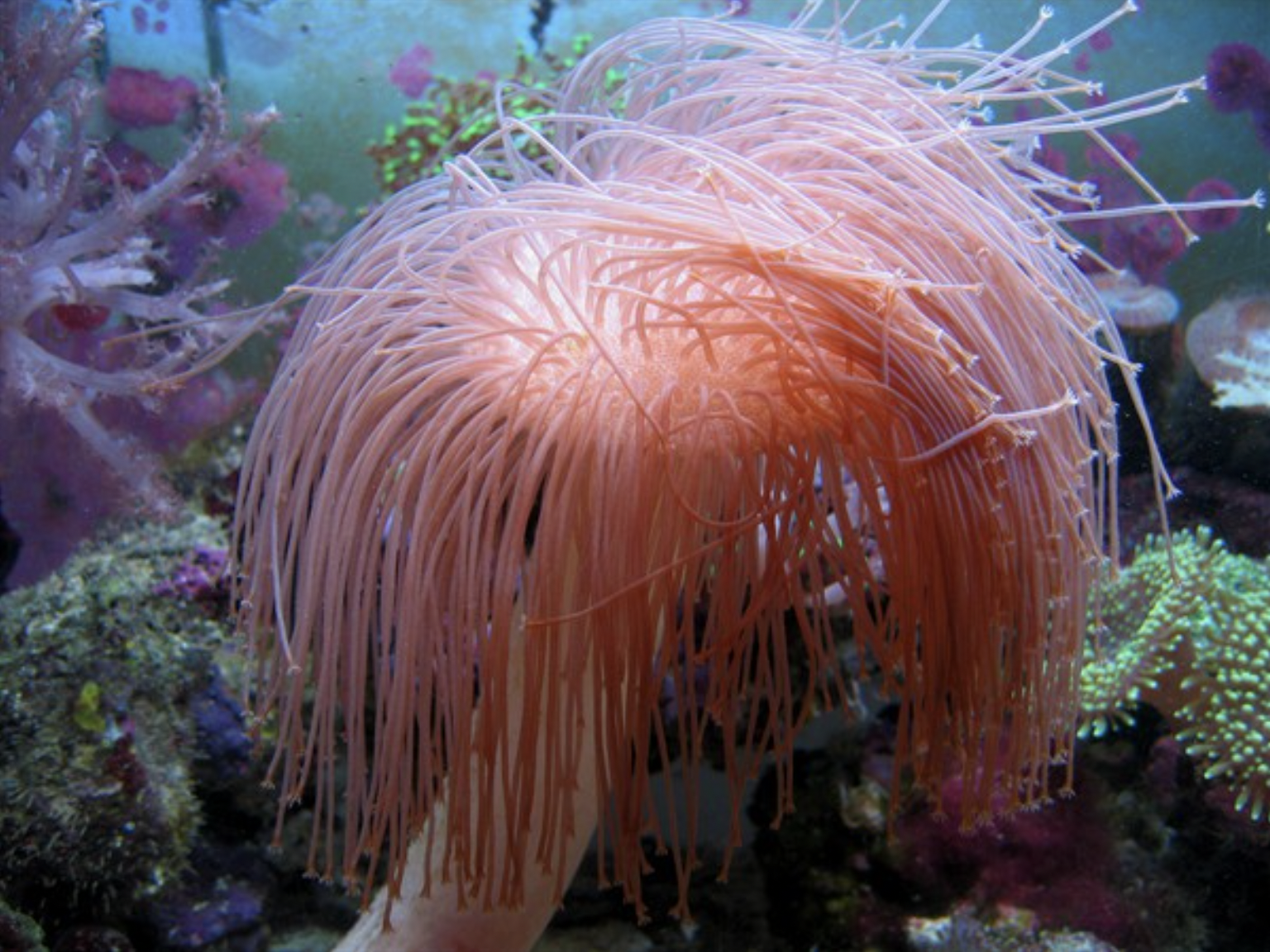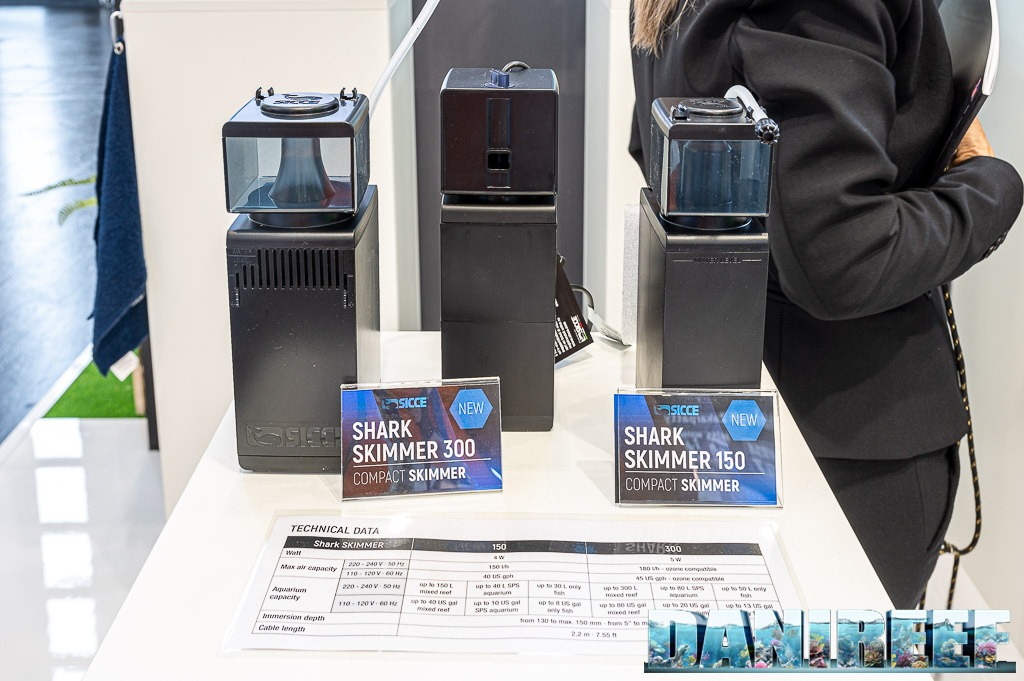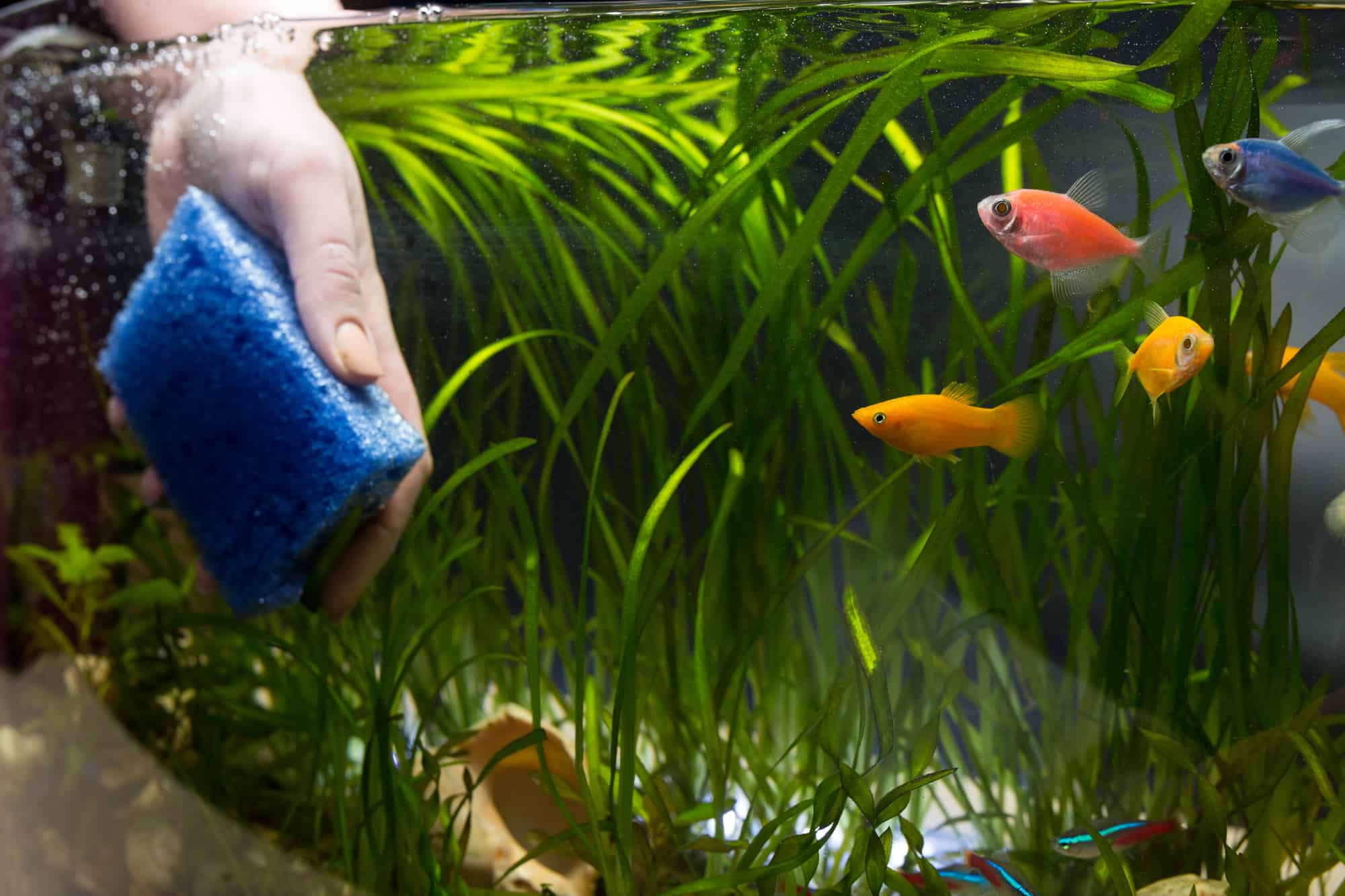We ask Sarcophyton fanatic Remy about the Weeping Willow Toadstool, how to ID it, and who if anyone has it now.
What is the Weeping Willow?
The “Weeping Willow” is a species of Sarcophyton. Commonly called “toadstools,” these leathers are known for being beginner-friendly and easy to care for. The legend of the Willow began with a photo Jake Adams submitted to MASNA in 2004.
Jake said, “Some of the Old Salts among you may recognize the header image above, it’s a ten-year-old picture of the Weeping Willow in my Eclipse 12 nano reef which was featured in the MASNA 2004 or 2005 calendar.” (Adams, 2014)
This iconic photo should serve as a reference for what a true “Weeping Willow,” looks like.
Which features define it? How can you tell a fake one?
Jake qualified the “Weeping Willow” with these 5 traits.
- Supple polyp stalks
- Unusually long and graceful polyps stalks that can extend over 4 inches in length.
- Pinkish brown in color
- Polyps (at the end of the stalk) are typical toadstool-size
- When the flow is turned off, the supple polyps fold over the crown giving it the appearance of a Weeping Willow tree.
If it lacks any of these features, it is likely a fraud. We’ve seen hundreds of coral vendors over the years unapologetically use the name “Weeping Willow,” to describe a toadstool they are selling. If you want to know really quickly, ask them to show you a photo of trait #5 – we have yet to see it.
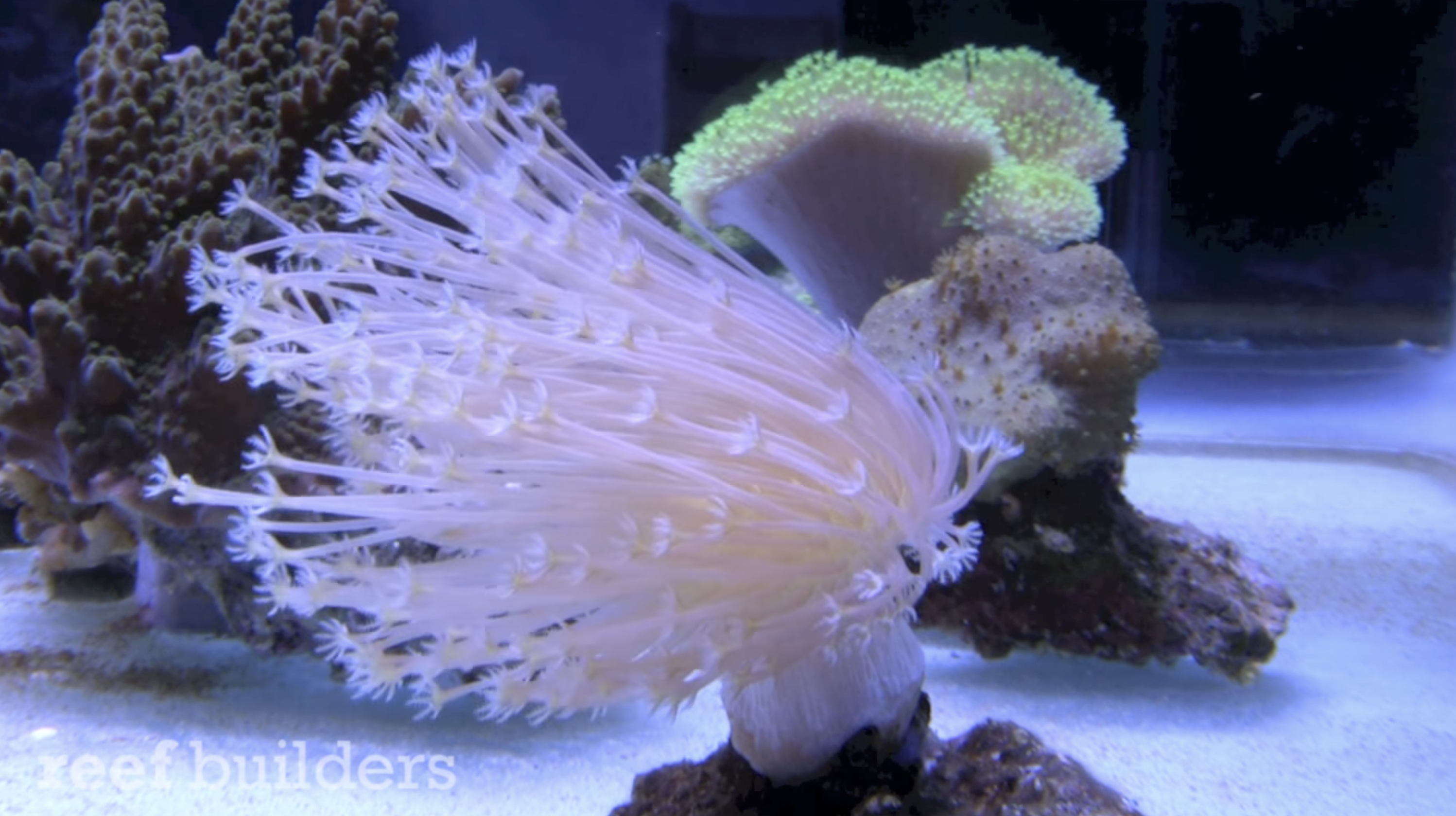
What are its origins? Who named it and what country did it originate from?
If this is indeed a Sarcophyton ehrenbergi as Jake originally thought, it was discovered in 1886 by Marenzeller and is found in the Indo-Pacific. However, the world of softy species is muddy and ever-changing so we do not know for sure.
Does anyone in the hobby have it?
Technically speaking, unless you received a cutting of Jake’s mother colony, the hobby at large does not have it.
Jake said, “I know that there are lots of different Sarcophyton toadstool leather corals out there with long and even really long polyps. But for me, the Weeping Willow is The One and Only toadstool leather coral with the impossibly long polyps, that I’ve grown in countless tanks, and which I’ve shared with the extended reefer family since all the way back in 2001.”
It’s a long shot, but if you were part of the “extended reefer family” Jake mentioned we would love to hear from you! A lot of us, including myself, have something close but using Jake’s classification model it lacks one or more traits. You may know Josh, AKA RapFrog on Instagram. He has several spaghetti-like Sarcophyton sp. in his care.
I asked Josh if he thinks he’s unlocked the secret to coaxing the coral into displaying those long polyps…
Josh says, “I find they love strong, randomized flow in all directions. There needs to be periods of low flow followed by surges in different directions. I achieve this with multiple Vortechs on Reef Crest anti-sync. Lighting should be high.” You’ll find that Josh’s answer coincides with Jake’s findings as well.
Is it being maricultured, or aquacultured by a coral wholesaler or store? Where can I buy one?
Long polyp Sarcophyton sp. is readily available in the hobby and can be found at most local fish stores, coral farms, or online. However, Jake’s Weeping Willow is not.
How easy is it to keep? What conditions does it need?
The beauty of this coral is that under most circumstances, it’s easy to care for and will reward the hobbyist with beautifully long polyps and growth. One theory of its extraordinarily long polyps is that Jake treated it like SPS. Jake said, “Part of the reason for this coral’s current state of health is that it’s being treated like an SPS coral with high light, crazy high alternating flow, clean water, and careful dosing of reef aquarium additives.”
Is high light, flow, and clean water crucial to the long flowing polyp stalks? Maybe. However, the softies in my “Leather Lagoon” have thrived under high nutrients and low flow. It makes me want to experiment and really ramp up the random flow in that aquarium.
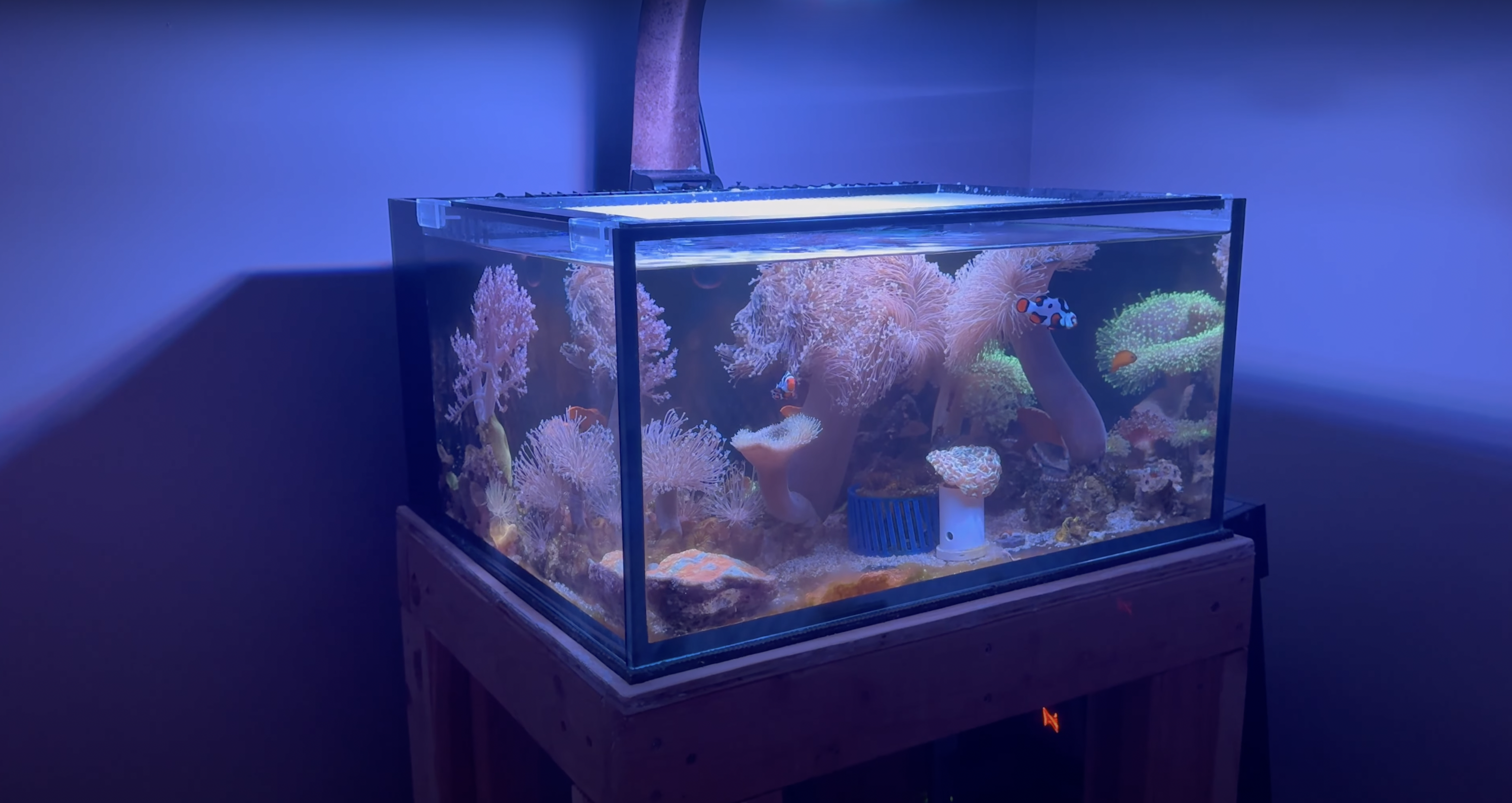
Are there any alternatives available?
There are countless alternatives and even some strains of Sarcophyton spp. that are very close in appearance. I have 3-5 strains of long polyp Sarcophyton featured in my “Leather Lagoon.”
If you want to satiate your craving, our friends at Top Shelf Aquatics have several options for long polyp toadstools currently. https://topshelfaquatics.com/pages/search-results-page?q=long%20polyp%20toadstool
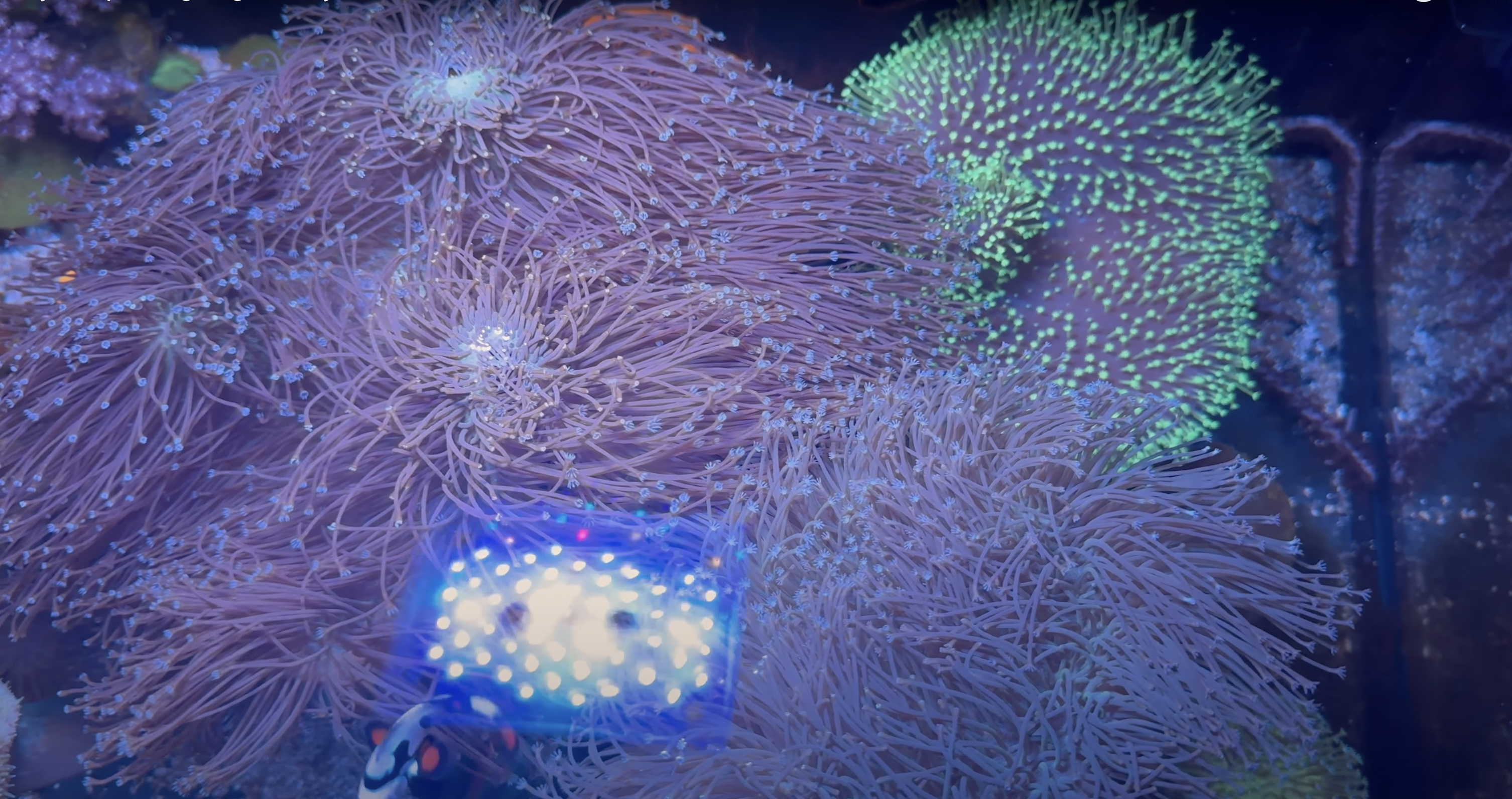
Do you think it will become more widely available in the future?
Unfortunately, the OG Weeping Willow perished before Jake passed and we do not know the 3-4 hobbyists he gave fragments to. That said, this particular strain may never be seen again. Or, maybe a ton of hobbyists have it but conditions aren’t optimal to promote spaghetti-like polyp stalks. Remember, the key feature is the polyps folding over the crown when the flow is turned off. If you think you have one, snap a photo and send it to us! We’d love to solve the Weeping Willow mystery!
Further reading
Adams, J. (2014). Weeping Willow Leather Coral Glory. Reef Builders. https://reefbuilders.com/2014/01/07/weeping-willow-leather-coral-glory/
Adams, J. (2019). Video Details the Attributes of True Weeping Willow Leather. Reef Builders. https://reefbuilders.com/2019/07/30/video-details-the-attributes-of-true-weeping-willow-leather/
